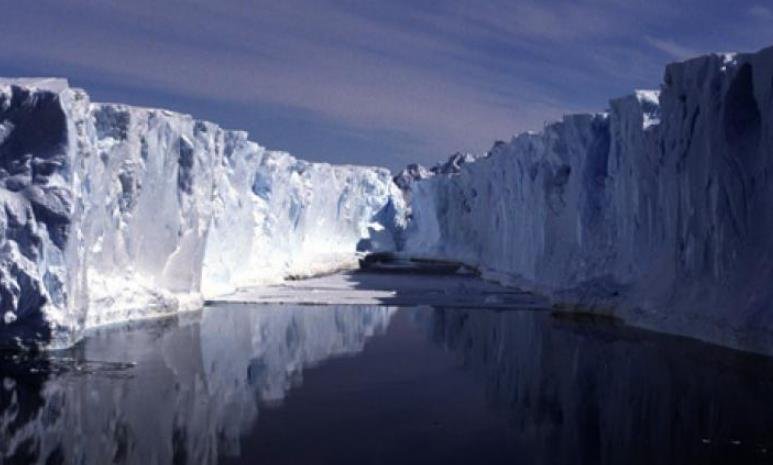A new study by British Antarctic Survey (BAS) scientists has revealed that the ice melt in west Antarctica is likely to continue at an accelerated rate for the rest of the century, regardless of how much carbon emissions are reduced. The study, published in the journal Nature Communications, has dire implications for sea level rise and coastal cities around the world.
West Antarctica Ice Sheet: A Ticking Time Bomb
The ice sheet of west Antarctica contains enough ice to raise global sea levels by about 5 metres if it were to collapse completely. Previous studies have suggested that this scenario is inevitable over the course of centuries, due to the warming of the ocean and the atmosphere. However, the new study shows that even if the world meets the most ambitious Paris agreement target of keeping global heating below 1.5C above pre-industrial levels, the ice melt will not slow down significantly.

The study focuses on the floating ice shelves in the Amundsen Sea, which act as a buffer between the ocean and the land-based glaciers. The researchers used a high-resolution ocean model to simulate how the ice shelves will respond to different levels of greenhouse gas emissions over the 21st century. They found that the rate of melting of the ice shelves will be three times faster this century compared with the previous century, even under the lowest emission scenario.
This means that the ice shelves will thin and weaken, allowing more glacial ice to slide into the ocean and contribute to sea level rise. The researchers estimate that by 2100, the ice loss from west Antarctica will account for about 10% of the global sea level rise, or about 8 cm.
Sea Level Rise: A Threat to Coastal Communities
Sea level rise is one of the most serious consequences of climate change, as it affects millions of people who live in coastal areas. According to a report by Climate Central, more than a third of the global population lives within 100 km of the coast, and many major cities such as New York, Mumbai, Shanghai, and Tokyo are vulnerable to flooding and storm surges.
The report also warns that if emissions continue to rise unchecked, more than 300 million people could face chronic flooding by 2050, and more than 600 million by 2100. Even if emissions are reduced significantly, more than 200 million people could still be at risk by the end of the century.
Sea level rise also poses a threat to ecosystems, infrastructure, food security, and cultural heritage. For example, low-lying islands and coral reefs could disappear under water, coastal roads and bridges could be damaged or destroyed, saltwater intrusion could affect freshwater supplies and agriculture, and historical sites and monuments could be submerged or eroded.
Adaptation: The Only Option?
The researchers of the new study say that their findings indicate that west Antarctica ice melt is one impact of climate change that we are probably just going to have to adapt to, and very likely this means some coastal communities will either have to build defences or be abandoned. They also stress that their study does not account for other factors that could affect sea level rise, such as ice loss from east Antarctica and Greenland, or changes in land water storage and gravitational effects.
They call for more research to translate their findings into specific estimates of sea level rise for different regions and scenarios, which could help policymakers and planners to prepare for the future. They also urge for more action to reduce greenhouse gas emissions, as this could still make a difference for other impacts of climate change, such as extreme weather events, biodiversity loss, and human health.
